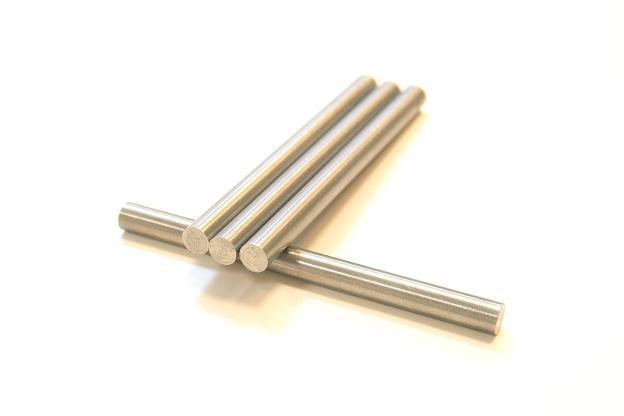Corrosion Resistance of Tantalum
Tantalum has very good corrosion resistance in most inorganic acids, is very similar to glass, and has important uses in the chemical industry. It is resistant to almost all chemical media (including hydrochloric acid at boiling point, nitric acid, and sulfuric acid below 175°C) except hydrofluoric acid, fluorine, fuming sulfuric acid, and alkalis.

Tantalum has excellent corrosion resistance to dilute sulfuric acid below 75% and can be used at any temperature; it can be used at 160~170℃ for concentrated sulfuric acid without inflating; it can be used at 250~260℃ for concentrated sulfuric acid with inflating, and the corrosion increases beyond this temperature. Generally in more than 170 ℃ high-temperature use before the first test research. Tantalum also has good corrosion resistance to phosphoric acid, but if the acid contains a trace of fluorine (>4ppm), the corrosion rate increases.
Tantalum is usually not resistant to corrosion in alkali, it becomes brittle and corrodes more quickly at high temperatures and concentrations.
Tantalum can react with high-temperature gas, O2, N2, H2, etc. can penetrate into the internal to make it brittle, such as contact with the initial ecological H, which will also absorb hydrogen and become brittle. Therefore, tantalum equipment should not be in contact with more reactive metals (such as Fe, Al, Zn), because it is easy to constitute a tantalum-iron (Al, Zn) primary battery, and the hydrogen generated by the primary battery reaction will destroy the tantalum cathode and make the equipment fail.
If a small piece of platinum is connected to tantalum with a very small over-voltage of hydrogen, then all the hydrogen will be released on the platinum and the destruction of tantalum by hydrogen can be avoided.
Tantalum has excellent corrosion resistance but is expensive, so its applications are mainly in the form of composite plates and linings, and in order to reduce costs, the thickness of the tantalum layer wants to be as thin as possible, so composite plates or lining welding is very difficult, because the melting point of tantalum and steel is very different, (the melting point of tantalum is 2996 ℃, the melting point of steel is 1400 ℃) and Fe and Ta at high temperatures will form Fe2Ta brittle Intermetallic compounds if the measures are not appropriate, it is easy to lead to cracking of the weld.
The performance of tantalum capacitors
Tantalum electrolytic capacitors have excellent performance and are small in size among all capacitors but can achieve large electric capacity, so they are easy to be made into small chip components suitable for surface mounting.
The tantalum capacitors currently produced are sintered solid, foil-wound solid, and sintered liquid, of which sintered solid accounts for more than 95% of the total production at present, and the non-metal sealed resin package is the main body.
Tantalum electrolytic produces the working environment medium for capacitors is an extremely thin layer of tantalum pentoxide film that is generated on the surface of tantalum metal material. This layer of the oxide film medium is combined with one of the terminals that make up the capacitor as a whole and cannot exist alone, so the electric capacity per unit volume is particularly large, i.e., the specific capacity is very high, so it is particularly suitable for miniaturization.
During the operation of the tantalum electrolytic capacitor, it has the performance of automatic repair or isolation of oxide film defects, so that the oxide film dielectric is strengthened at any time and its proper insulation capacity is restored without continuous accumulation of damage. This performance with unique self-healing technology ensures the advantage of long life and reliability.
